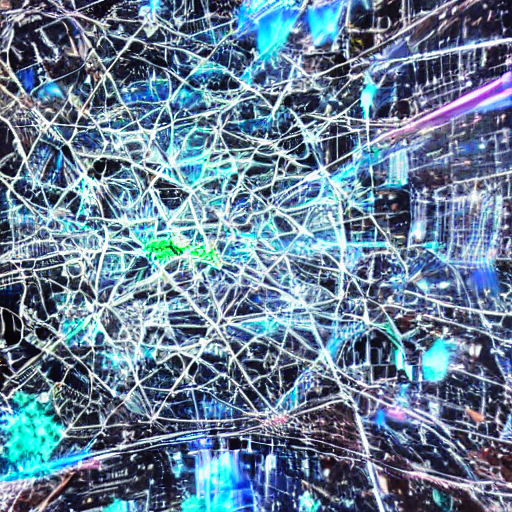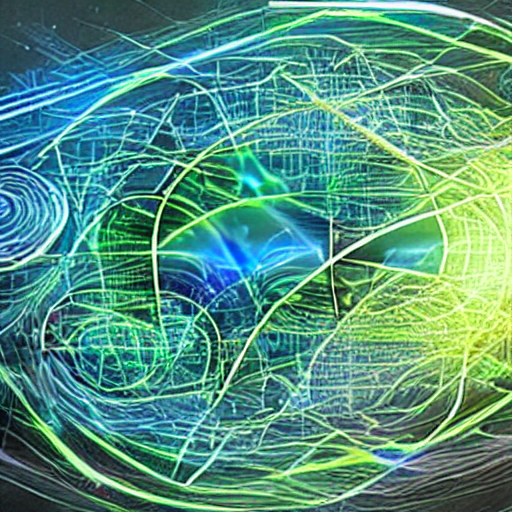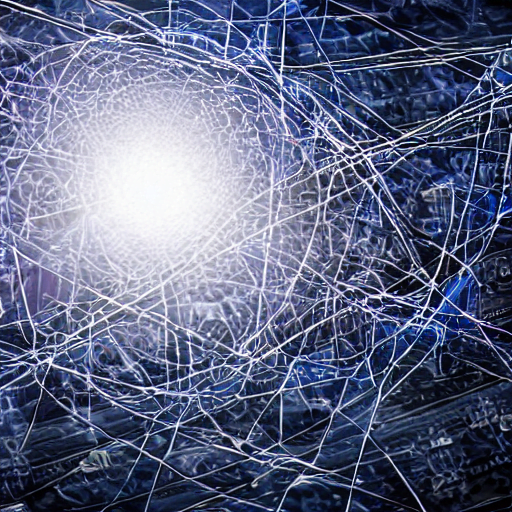In the rapidly advancing field of artificial intelligence (AI), unsupervised and self-supervised learning is emerging as a transformative paradigm that promises to reshape the landscape. These approaches move beyond traditional supervised learning, where AI models are trained using large amounts of labeled data, to unlock new capabilities and potential. Here’s why unsupervised and self-supervised learning are increasingly seen as the future of AI.
Less Reliance on Labeled Data
One of the main challenges in AI is the need for substantial amounts of labeled data to train models effectively. This can be both time-consuming and expensive. Unsupervised learning, which learns from unlabeled data by identifying patterns and structures, overcomes this barrier. Self-supervised learning, where models are trained to predict part of the data from other parts of the same data, similarly reduces the reliance on labeled data.
Increased Efficiency and Scalability
The ability to learn from unlabeled data opens the door to utilizing vast amounts of information available on the internet or from other sources. This enables more robust and versatile models that can be trained more efficiently, making the technology more accessible and scalable.
Enhanced Generalization and Adaptation
Traditional supervised learning models can become highly specialized to the training data, leading to a lack of generalization to new, unseen data. Unsupervised and self-supervised learning methods promote a more holistic understanding of the data’s underlying patterns and features, allowing models to adapt more effectively to new contexts and tasks.
Facilitating More Human-like Learning
Humans learn through observation, interaction, and by making inferences from the environment, rather than relying on large quantities of labeled examples. Unsupervised and self-supervised learning more closely emulate this natural learning process, potentially leading to more human-like intelligence in AI systems.
Enabling Breakthroughs in Specific Fields
Areas such as natural language understanding, computer vision, and reinforcement learning have already witnessed breakthroughs due to unsupervised and self-supervised methods. These techniques are unlocking new capabilities and applications across various domains, including healthcare, finance, and autonomous vehicles.
Conclusion
Unsupervised and self-supervised learning are reshaping the landscape of AI by overcoming the limitations of traditional supervised methods. By leveraging unlabeled data, increasing efficiency, promoting generalization, and allowing more human-like learning, these approaches are paving the way for more versatile and sophisticated AI systems. Their growing influence and success in various fields underline their role as central pillars in the future of AI technology, heralding a new era of innovation and exploration.







